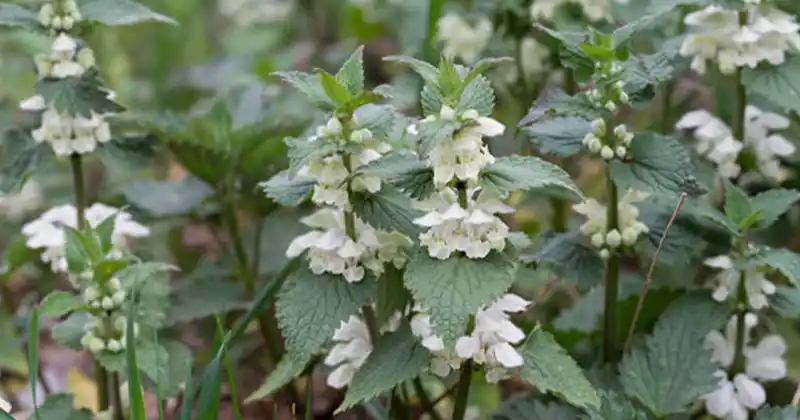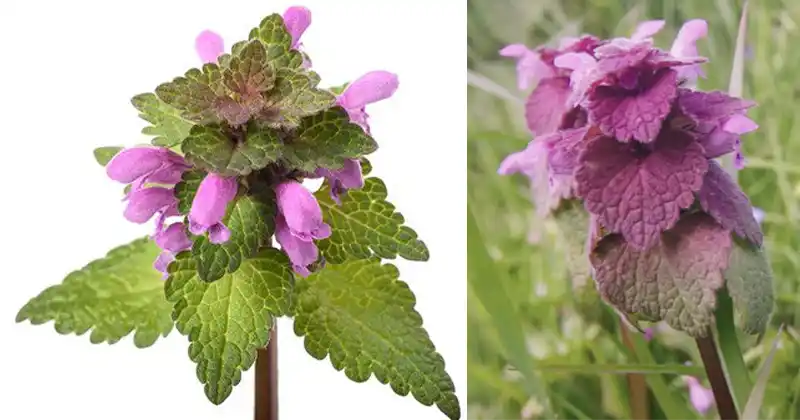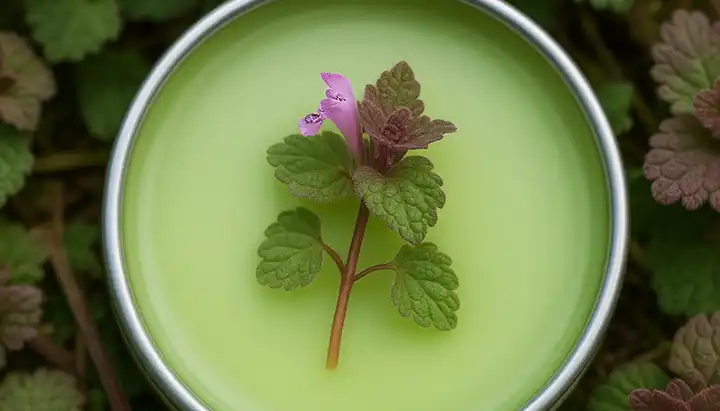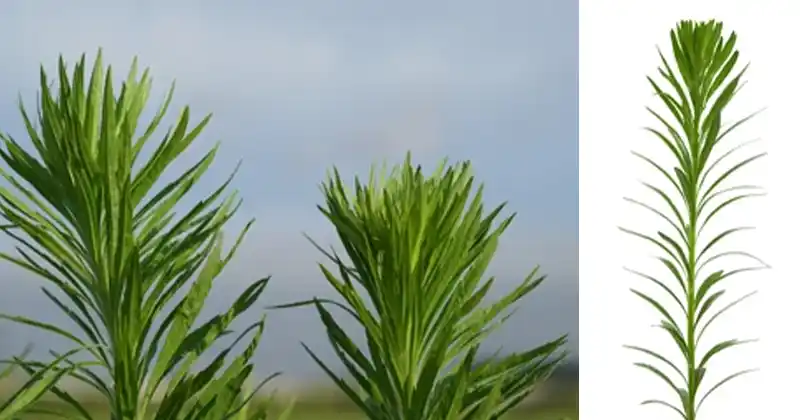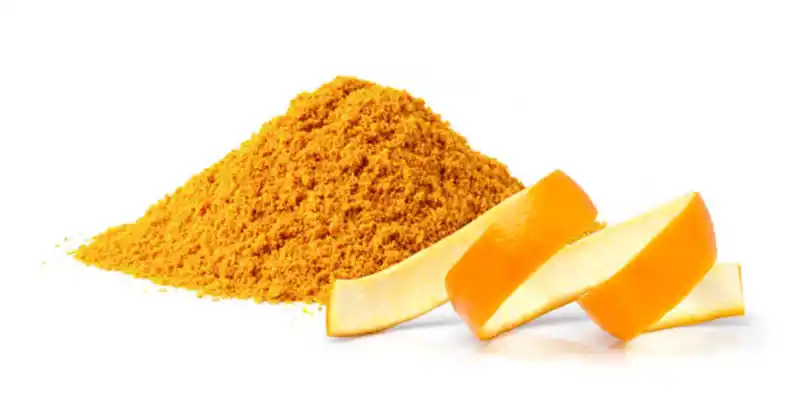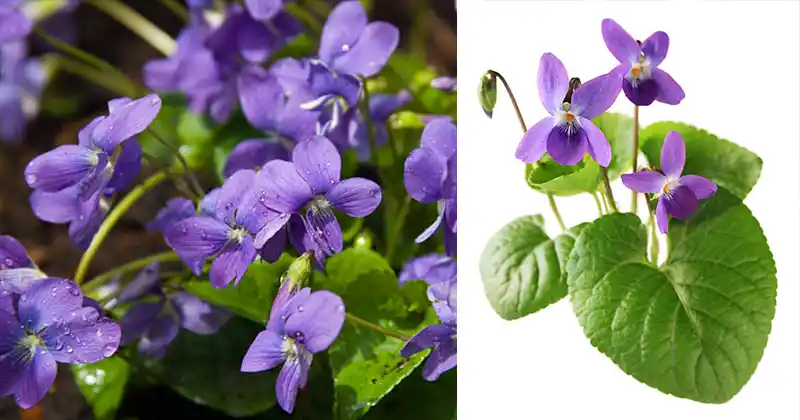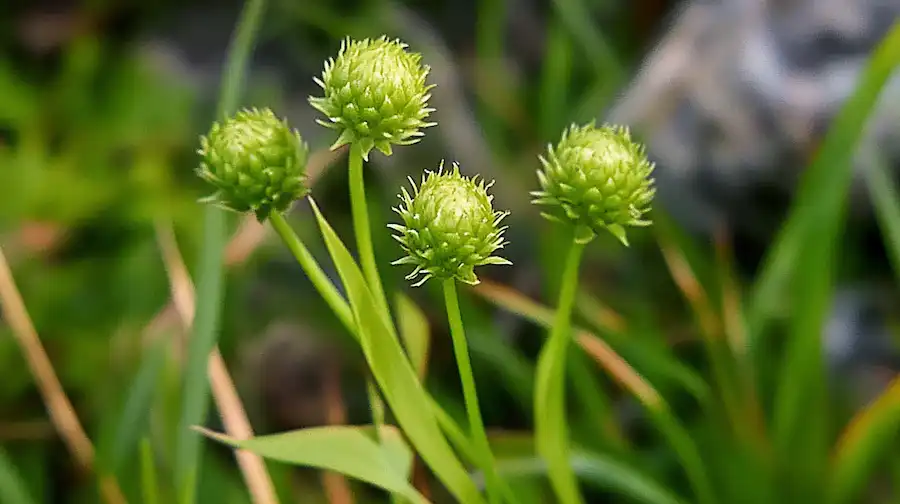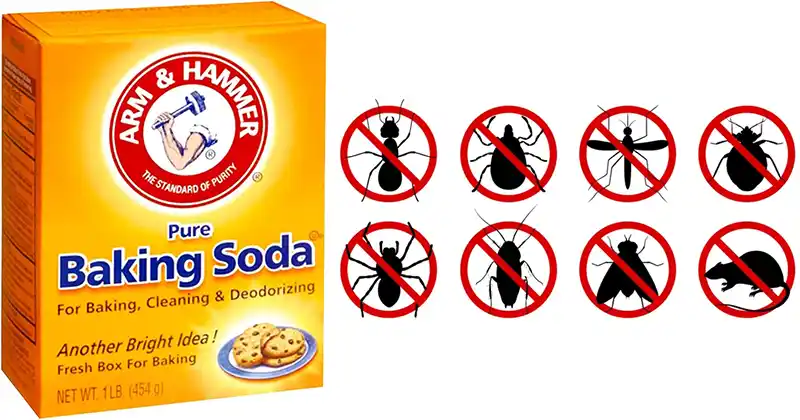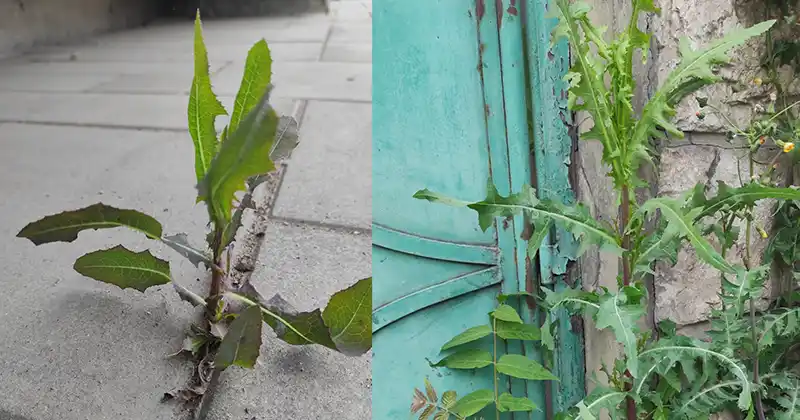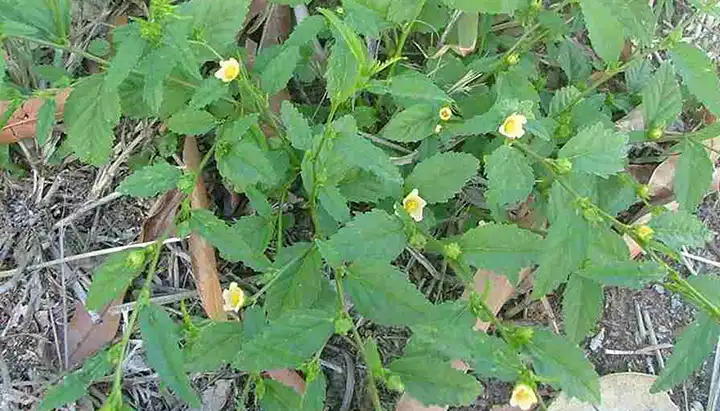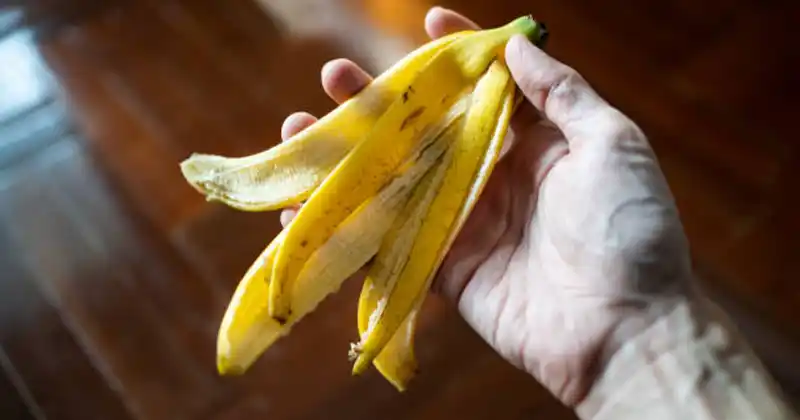How to Prune and Grow Cherry Trees
Cherry trees (Prunus spp.) are a beautiful and rewarding addition to any garden or orchard, producing fragrant blossoms in the spring and delicious fruit in the summer. However, to ensure healthy growth and high yields, proper pruning and care are essential. This guide will provide you with all the necessary steps to successfully grow and prune cherry trees.
Growing Cherry Trees
1. Choosing the Right Variety
Cherry trees come in two main types: sweet cherries (Prunus avium) and sour cherries (Prunus cerasus). Sweet cherries require a warm climate and cross-pollination, while sour cherries are more cold-hardy and self-pollinating. Consider your climate, available space, and intended use when selecting a variety.
2. Planting
- Location: Choose a site with full sun and well-drained soil to encourage healthy growth and fruit production.
- Soil: Cherry trees thrive in slightly acidic to neutral soil (pH 6.0-7.0) rich in organic matter.
- Spacing: Standard cherry trees should be planted 20-25 feet apart, while dwarf varieties can be spaced 8-12 feet apart.
- Planting Depth: The graft union should be a few inches above the soil surface to prevent disease.
3. Watering and Fertilization
- Watering: Provide deep watering once or twice a week, especially during dry periods. Avoid overwatering, as it can lead to root rot.
- Fertilization: Use a balanced fertilizer (10-10-10) in early spring before new growth begins. Avoid excessive nitrogen, as it promotes leafy growth instead of fruiting.
4. Pest and Disease Management
Cherry trees are susceptible to pests and diseases such as cherry leaf spot, brown rot, and aphids. Apply organic fungicides and insecticidal soap when necessary. Regularly remove fallen leaves and fruit to reduce the risk of fungal infections.
Pruning Cherry Trees
1. Why Prune?
Pruning is crucial for maintaining tree health, improving air circulation, and increasing fruit production. It also helps shape the tree for easier harvesting and removes diseased or unproductive branches.
2. When to Prune
The best time to prune cherry trees is in late winter to early spring before new growth starts. Avoid pruning in wet conditions to reduce the risk of disease.
3. How to Prune
- Open Center or Modified Leader Shape: Cherry trees are often pruned into an open-center shape to allow sunlight to reach all branches.
- Remove Dead or Diseased Wood: Cut off any branches that are dead, broken, or infected.
- Thin Out Crowded Branches: Eliminate branches that cross or grow too closely together to improve air circulation.
- Cut Back Last Year’s Growth: Trim branches by about one-third to encourage the development of new fruit-bearing shoots.
- Remove Suckers and Water Sprouts: These non-fruiting shoots should be pruned to direct energy towards productive growth.
Additional Care Tips
- Mulching: Apply a layer of mulch around the base of the tree to retain moisture and suppress weeds.
- Thinning Fruits: Remove excess cherries in early development stages to prevent branch breakage and encourage larger fruits.
- Winter Protection: In colder regions, wrap the trunk with tree guards to prevent frost damage and deter rodents.
By following these guidelines, you can cultivate a healthy and productive cherry tree that provides delicious fruit year after year. With proper care and pruning, your cherry tree will flourish for many seasons to come!

